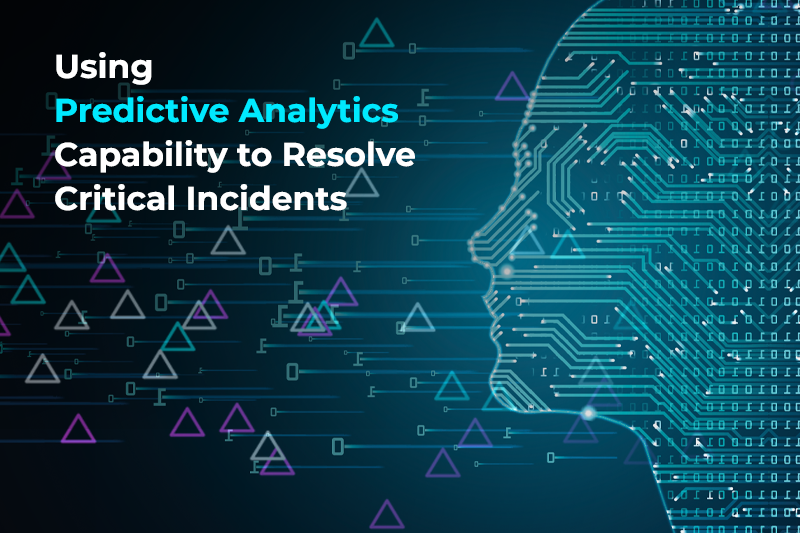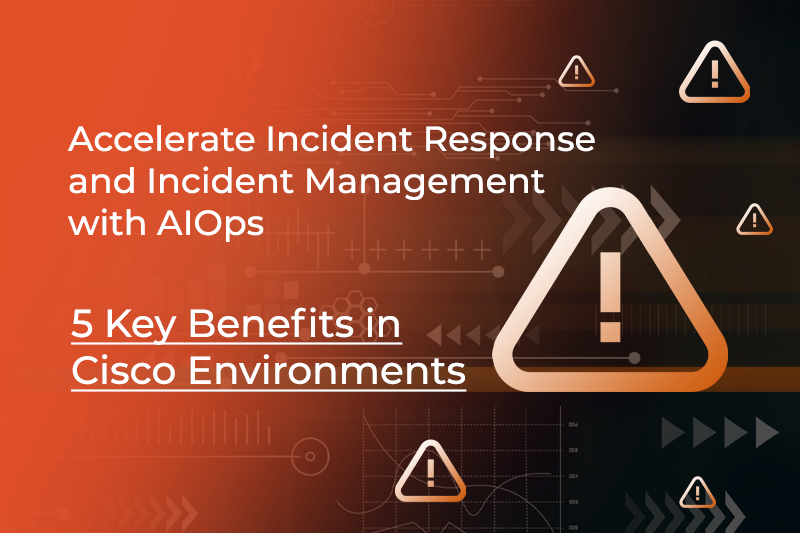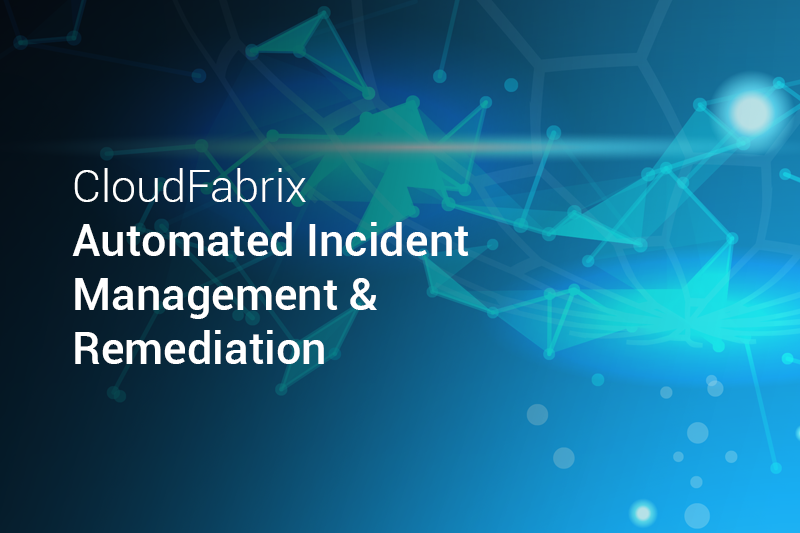The evolution of predictive analytics systems within today’s digital landscape offers an unprecedented ability to proactively plan and mitigate risks. This helps in providing a clear picture of how system modifications affect IT operations, security, and compliance. With a drastic increase in the complexity and volume of IT operations, it is imperative to leverage technology to handle this in new, more efficient ways.
Whether cloud or traditional systems, predictive analytics confer the ability to solve problems prior to business impact before they become known problems. Initially, leveraging predictive analysis require special skill sets, expensive tooling replacements and upgrades, and, initially, more people at the helm.
This offers high scalability thereby, lowering the cost considerably with interruption avoidance, lesser ops and CloudOps personnel. In the long run, this provides a huge ROI.
How can this be achieved?
IT Operations Analytics (ITOA) involves constantly monitoring IT systems in order to collect, analyze and interpret data from various IT operational sources.
Employ data integration
Centralize the data sources to be a single virtual or logical source, even if they are technically logs or proper databases. Move to databases that support predictive analysis while keeping in mind the current requirements and future plans.
Leverage IoT
With IoT in the mix, the ability to keep track of and predict maintenance issues on core IT systems increases significantly. Bringing together analytical and operational data for the integration of the IoT using predictive analytics streamlines the entire process.
Embedding predictive analytics in applications
Embedding analytics within the applications helps build novel applications and significantly upgrades existing apps. APIs are used as the main conduit allowing connecting the front-end and back-end along with the log files.
This is highly useful in calculating potential system issues, and their business impact. This can reveal the likelihood and impact of breaches on core business systems.
Embedding ops-related predictive analytics within other ops tools
Common tools have proactive trending with the keen ability to spot input-output errors. However, these tools are not competent when it comes to making predictions. Thus, using APIs that are personalized or provided by the ops-related predictive analytics tool of choice allow leveraging ops-related predictive analytics systems from other ops tools. This offers manifold advantages, such as predictive corrections made directly from the tools.
How does this help ITOps?
Proactive Systems
Predictive analytics help organizations mitigate unforeseen issues prior to a critical impact on their business. Existing historical data is analyzed using adaptive algorithms to study past and current performance. This helps discover the scope for any potential problem within applications and networks before they develop.
Algorithms measure the observed values against normal standards using predefined key performance indicators (KPIs). If there is any deviation from normal baseline levels, the concerned IT personnel immediately receives a notification, warning them of a potential issue. Predictive analytics allows enterprises to take stock of those issues before they impact customers.
Improve customer experience
Predictive analytics in sales and marketing enable the organization to improve revenue.
Understanding areas related to customer satisfaction by analyzing emails and social media feeds, predictive analytics can depict ways for more streamlined customer engagement. With fierce competition in various industries, it is necessary to gain a strong foothold in your domain. For this, it is imperative for enterprises to gain a competitive edge by offering a value differentiation. Understanding the needs of prospects and customers alike allows choosing the optimum techniques to promote products and services that will help in retaining old customers while acquiring new customers.
Using predictive analysis helps sales admins identify and channel focus to potential leads with the maximum propensity to convert, while filtering out those who may drop out.
Maximize resources for the highest business impact
Being able to accurately track resources that are close to capacity or need to be restocked using predictive analytics helps optimize cost while making sure there is no wastage or excess of resources, ensuring a high quality of service. Keeping future business plans in mind planning for requirements such as storage, allows the concerned teams to make informed decisions at the right time. This allows businesses to scale their infrastructure corresponding to their user growth.
Security
A data breach happens rather fast distributed across networks, applications and servers. Detecting a security breach and estimating data loss can be difficult. The best way forward in such an event is bringing together important data from multiple sources. Predictive analytics can help with understanding vulnerabilities within the system to determine the probability of such attacks and figure out how to fortify.
Are you facing any of these issues?
CloudFabrix streamlines your IT team with data-driven recommendations allowing them to manage priority tasks rather than wasting time in handling everyday tasks. The long-term impact of AIOps on IT operations is trans-formative saving both time and money.
Please feel free to reach out to us in case of any questions.






